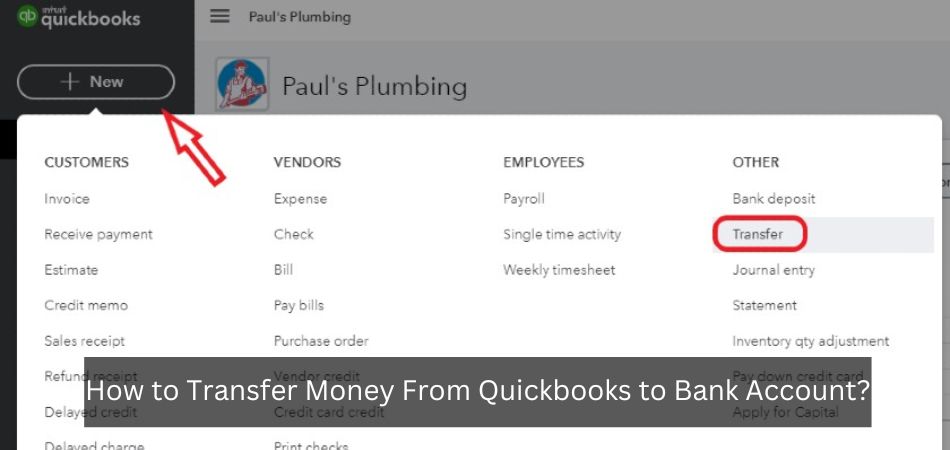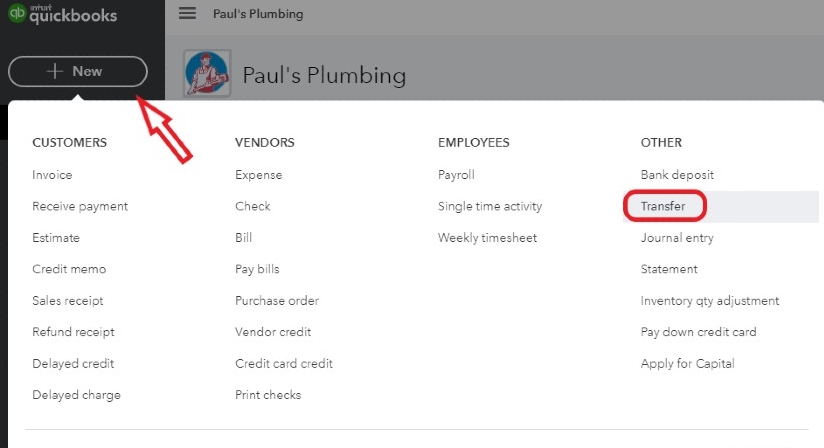What are peer-to-peer payments: Discover this solution and how to use it

Anúncios
Peer-to-peer (P2P) payments have emerged as a transformative solution, revolutionizing the way individuals transfer money seamlessly.
P2P payments, also known as person-to-person transactions, empower users to send and receive funds directly through digital platforms, eliminating the need for traditional banking intermediaries.
Anúncios
This financial innovation has gained immense popularity due to its convenience, low costs, and user-friendly interfaces provided by various applications. Find out everything below!
What are Peer-to-Peer Payments?
As we said, peer-to-peer payments, often abbreviated as P2P, have emerged as a transformative solution for individuals seeking convenient and swift ways to transfer money.
Anúncios
P2P payments facilitate the direct exchange of funds between two parties, eliminating the need for traditional intermediaries like banks.
This financial innovation is primarily executed through digital platforms, commonly in the form of mobile apps or online services, offering users a seamless and user-friendly experience.
In this way, the essence of P2P payments lies in their simplicity and accessibility. Users can initiate transactions using various sources, such as bank accounts, credit cards, or even cash top-ups, depending on the platform.
The process typically involves linking the preferred payment method to a digital wallet or application, empowering users to send and receive money with just a few taps on their devices.
Whether it’s splitting a dinner bill with friends or reimbursing a colleague, P2P payments have become ingrained in modern financial interactions.
How P2P payments work
Understanding the mechanics of P2P payments unveils the simplicity behind this financial innovation.
Upon registering with a P2P payment service, users link their personal bank accounts to the application, often through a user-friendly online portal or mobile app.
The diversity of accounts that can be linked varies across platforms, with some allowing connections to savings accounts, enhancing flexibility for users.
The initiation of a transaction involves selecting a recipient from the user’s contact list or adding them using their email or phone number. Subsequently, money is directly transferred from the user’s linked bank account to the recipient’s P2P account.
Differentiating P2P payment services lies in the mechanisms governing the transfer of funds.
Some applications facilitate automatic deposits into a linked bank account upon receiving money, while others require an additional step to transfer funds from the app to the associated bank account.
The speed of these transactions varies, ranging from instantaneous transfers to those taking several business days, depending on the specific P2P platform.
This multifaceted functionality makes P2P payments a dynamic tool, adaptable to users’ preferences and transactional needs.
Are peer-to-peer payments safe?
While P2P payments offer unparalleled convenience, safety remains a paramount concern for users navigating the digital financial landscape.
The encryption of sensitive information, including account numbers and transaction details, is a fundamental security measure implemented by P2P services.
This encryption transforms user data into complex codes during transmission, thwarting potential interception by hackers.
Additionally, secure socket layer (SSL) technology is often employed to provide an extra layer of protection, ensuring that transmitted information is accessible only to the intended recipient.
Many P2P services prioritize user safety through the integration of multi-factor authentication, requiring additional layers of verification for account access.
The detection and prevention of fraud have also seen advancements, with artificial intelligence playing a crucial role in identifying and mitigating potential risks within P2P payment systems.
While these security measures significantly reduce the risk of scams, users are encouraged to exercise vigilance, ensuring transactions occur only with trusted individuals to mitigate potential cyber threats.
Who offers P2P payments?
Several prominent players dominate the P2P payment landscape, each offering unique features catering to diverse user preferences.
Check out the main ones below!
PayPal
As one of the pioneers in the digital payments landscape, PayPal has played a pivotal role in shaping the way individuals and businesses conduct financial transactions online.
Founded in 1998, PayPal initially gained prominence as an online payment system for eBay transactions.
Over the years, it has evolved into a comprehensive platform, offering peer-to-peer payments, online shopping, and even international money transfers.
With a user base exceeding 431 million worldwide, PayPal stands as a global leader, providing a secure and user-friendly environment for P2P transactions.
PayPal’s versatility is a key factor in its widespread adoption. Users can link their PayPal accounts to credit/debit cards or bank accounts, facilitating seamless transfers.
Moreover, the platform’s integration with various online merchants allows users to make purchases effortlessly.
The convenience of sending money globally, coupled with features like the ability to request funds and split bills, positions PayPal as a comprehensive P2P solution.
Venmo
Venmo, a subsidiary of PayPal, has become synonymous with social payments, transforming the way friends and family share expenses and settle debts.
Launched in 2009, Venmo gained popularity for its user-friendly interface and a unique social feed that enables users to share payment activities with their network.
This social aspect adds a layer of transparency and engagement to P2P transactions.
Venmo users can link their bank accounts or credit/debit cards to the app, allowing for quick and easy fund transfers.
The platform also offers a Venmo debit card, providing users with the flexibility to spend their Venmo balance directly.
With features like instant transfers and the ability to split bills seamlessly, Venmo caters to a younger demographic seeking a social and interactive P2P payment experience.
Cash App
Cash App, developed by Square Inc., has rapidly gained traction as a user-friendly P2P payment solution.
Launched in 2013, Cash App focuses on simplicity and efficiency, making it accessible to a broad user base.
Users can link their debit/credit cards or bank accounts to the app, enabling swift transfers.
Cash App’s distinctive feature includes a personalized $cashtag for each user, simplifying the identification process in the digital realm.
The platform’s commitment to innovation is evident in its support for Bitcoin transactions, allowing users to buy and sell cryptocurrency.
Additionally, Cash App offers a free debit card, allowing users to spend their Cash App balance directly.
As a testament to its popularity, Cash App has become a prominent choice for individuals seeking straightforward P2P transactions in the digital era.
Zelle
Zelle stands out among P2P payment providers due to its integration with major banks and financial institutions.
Launched in 2017, Zelle facilitates direct bank-to-bank transfers, eliminating the need for users to create separate accounts.
The platform’s partnership with numerous banks, including TD Bank, Bank of America, and Wells Fargo, enables users to access Zelle directly through their banking apps.
Zelle prioritizes speed, allowing users to transfer funds within minutes. The service is often provided by banks as part of their online and mobile banking offerings, streamlining the P2P payment process for a broader audience.
Zelle’s seamless integration with traditional banking services positions it as a reliable and efficient choice for individuals looking for a straightforward P2P solution within their existing banking ecosystem.
Conclusion
Peer-to-peer payments have transcended traditional financial paradigms, ushering in an era of unprecedented convenience and accessibility.
The ability to seamlessly transfer funds between individuals through user-friendly applications has become a hallmark of modern financial interactions.
As the popularity of P2P payments continues to surge, the industry’s emphasis on security, innovative features, and user-centric experiences underscores its commitment to meeting the evolving needs of consumers.
The competitive landscape of P2P payments, exemplified by industry leaders like PayPal, Venmo, Cash App, and Zelle, reflects a commitment to diversity and inclusivity.
Users are not only presented with a spectrum of choices but are also empowered to select services that align with their preferences and requirements.
The interplay of technology, security measures, and user-centric design positions P2P payments as not merely transactional tools but as integral components of the broader digital financial ecosystem.
Did you like the content? Take the opportunity to continue following the site and check out our post about Checking vs. Savings Accounts.





